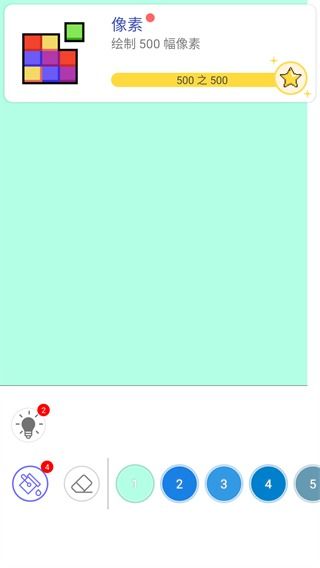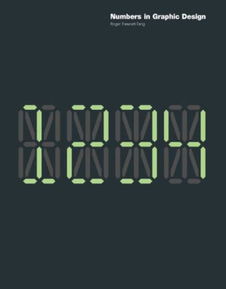
Design a 4-bit Prime Number Circuit
Designing a 4-bit prime number circuit is an intriguing challenge that combines digital logic, arithmetic operations, and a deep understanding of prime numbers. In this article, we will delve into the intricacies of creating such a circuit, exploring various aspects such as the principles behind prime number detection, the components required, and the implementation process.
Understanding Prime Numbers

Before we dive into the circuit design, it’s essential to understand what a prime number is. A prime number is a natural number greater than 1 that has no positive divisors other than 1 and itself. For example, 2, 3, 5, and 7 are prime numbers, while 4, 6, and 8 are not. In the context of a 4-bit circuit, we will focus on prime numbers within the range of 0 to 15 (0000 to 1111 in binary).
Components Required

Designing a 4-bit prime number circuit requires several components, including logic gates, arithmetic units, and a counter. Here’s a breakdown of the essential components:
| Component | Description |
|---|---|
| Logic Gates | AND, OR, NOT, XOR, and others to perform logical operations |
| Arithmetic Unit | For performing addition and subtraction operations |
| Counter | For iterating through the numbers from 0 to 15 |
| Output Display | For displaying the prime numbers detected by the circuit |
These components will work together to create a circuit that can identify prime numbers within the specified range.
Designing the Circuit

The design process for a 4-bit prime number circuit involves several steps. Here’s a high-level overview:
-
Identify the prime numbers within the range of 0 to 15.
-
Design a counter that can iterate through the numbers from 0 to 15.
-
Implement a logic gate configuration that can determine if a given number is prime.
-
Connect the counter and logic gate configuration to an output display.
-
Test the circuit to ensure it correctly identifies prime numbers.
Prime Number Detection Logic
One of the most challenging aspects of designing a 4-bit prime number circuit is creating a logic gate configuration that can determine if a given number is prime. Here’s a simplified approach to achieve this:
-
Check if the number is less than 2. If so, it’s not prime.
-
Check if the number is divisible by 2. If it is, it’s not prime.
-
Check if the number is divisible by 3. If it is, it’s not prime.
-
Check if the number is divisible by 5. If it is, it’s not prime.
-
Check if the number is divisible by 7. If it is, it’s not prime.
-
Check if the number is divisible by 11. If it is, it’s not prime.
-
Check if the number is divisible by 13. If it is, it’s not prime.
-
Check if the number is divisible by 17. If it is, it’s not prime.
-
If none of the above conditions are met, the number is prime.
This approach is not the most efficient, but it provides a starting point for designing the logic gate configuration. You can optimize the circuit by reducing the number of checks or using more advanced algorithms.
Testing the Circuit
Related Posts
symptoms of cat bite infection,Understanding the Risks of Cat Bites
Understanding the Risks of Cat…
starbucks kale and mushroom egg bites nutrition,Understanding the Nutritional Profile of Starbucks Kale and Mushroom Egg Bites
Understanding the Nutritional …






